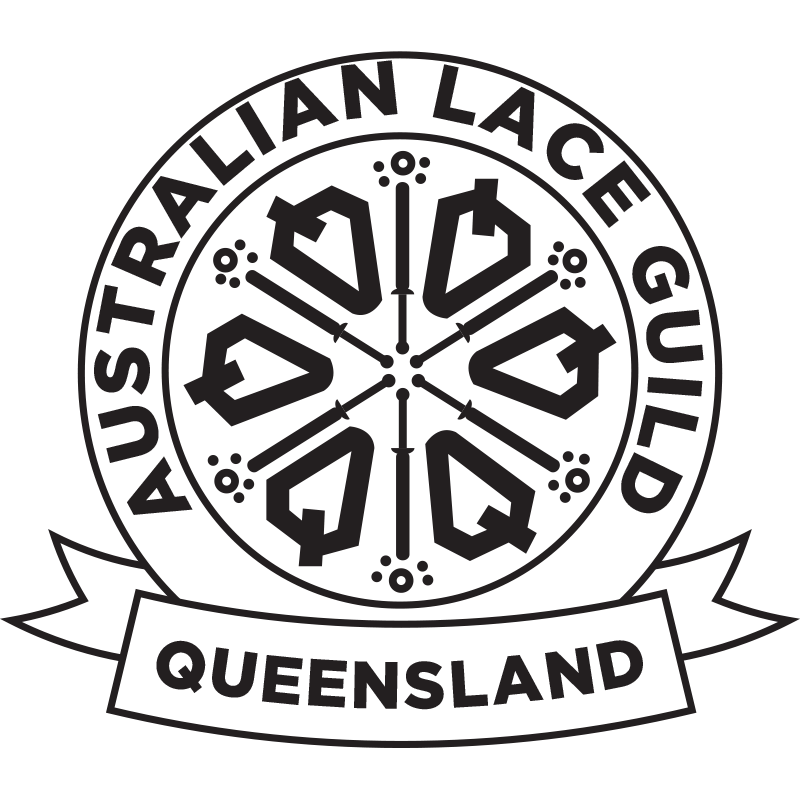Bringing together crafters interested in all forms of lace and lacemaking
The Australian Lace Guild was incorporated in 1985 and operates nationally with branches in each state. The Queensland Branch has it’s own state committee which among other things operates a library organises workshops and holds open general meetings as well as an annual general meeting.
Our Mission
The aim and objectives of our organisation are:
- To promote lacemaking as a craft throughout Australia
- To bring together people interested in all forms of lace and lacemaking
- To provide a forum for the exchange of information on lace and lacemaking
- To establish and maintain standards of excellence in the craft of lacemaking in all forms
- For personal and public education
Methods of Lace and Lacemaking
Lacemaking is the traditional craft of creating lace through a variety of techniques. These techniques involve looping, twisting, and braiding threads to form intricate patterns.
Lacemaking has a rich history, and various regions and cultures have developed their own unique styles and traditions of lace craftsmanship over the centuries. Today, lacemaking continues to be both a traditional art form and a beloved hobby for those who appreciate the beauty of intricate and finely crafted textiles.
Lacemaking can be accomplished through different methods, such as needle lace, bobbin lace, and tatting. Each method has its own set of tools and techniques.
Become a Member
Unlock the artistry of lace-making, connect with fellow enthusiasts, and enrich your creative journey – join the Lace Guild today and become a valued member of a vibrant community passionate about preserving and celebrating the timeless beauty of lace.
About the Australian Lace Guild
Lacemakers in Australia are served by both the national body, the Australian Lace Guild, and by the relevant state bodies. Members joining the national body are also joined with their relevant state body. The state bodies organise meetings, workshops, newsletters, demonstrations, displays and other activities for their members.
The directors of the national body form the National Administrative Committee (NAC) which manages all the affairs of the Guild. All NAC roles are voluntary.
Some of the NAC’s many responsibilities include:
- publishing a quarterly magazine for all members
- conducting the annual conference with workshops and activities
- conducting the annual general meeting at the conference
- collecting membership fees and maintaining the membership records
- paying subsidies and grants to the state bodies for their conducting of workshops and other activities
